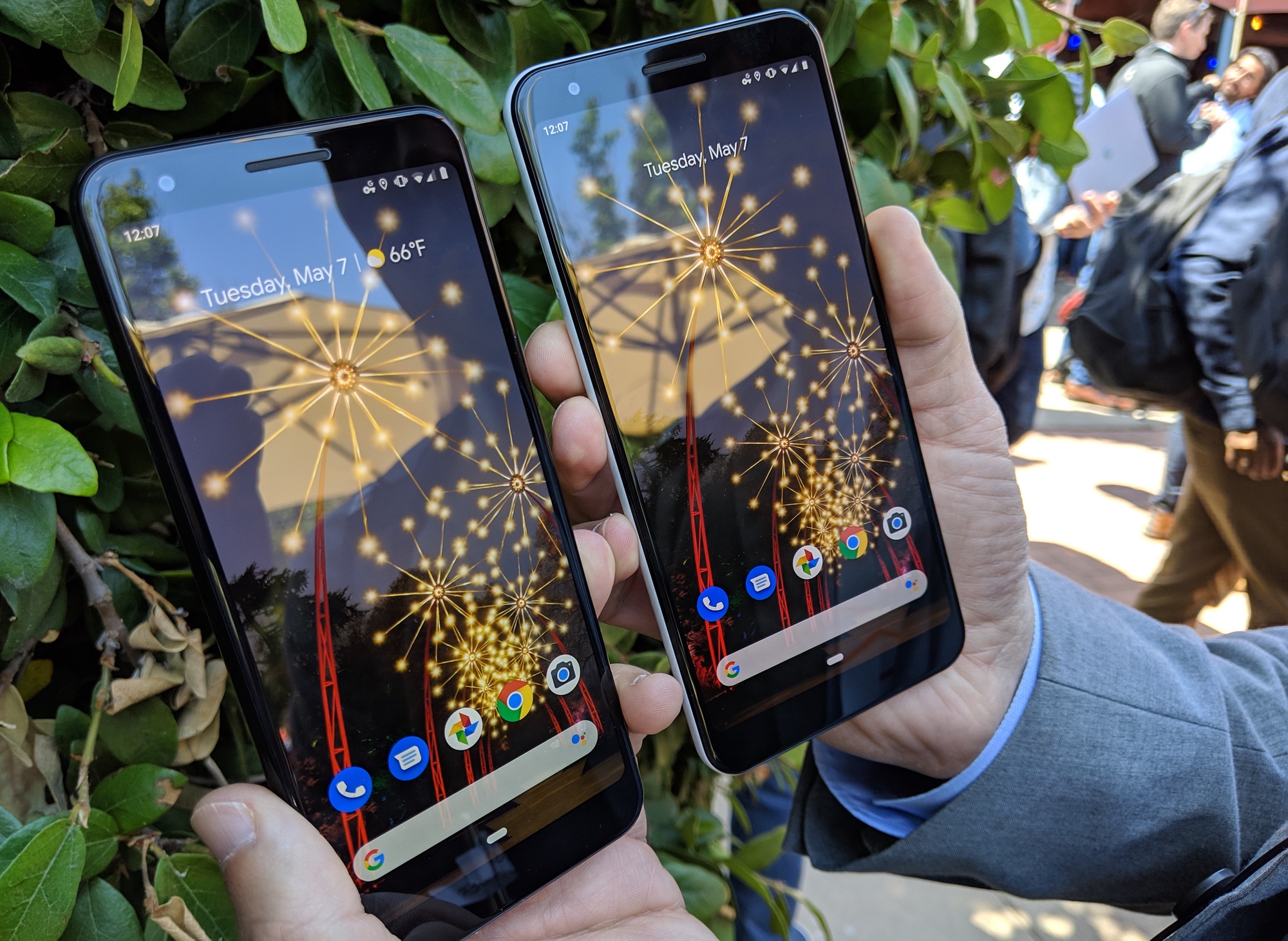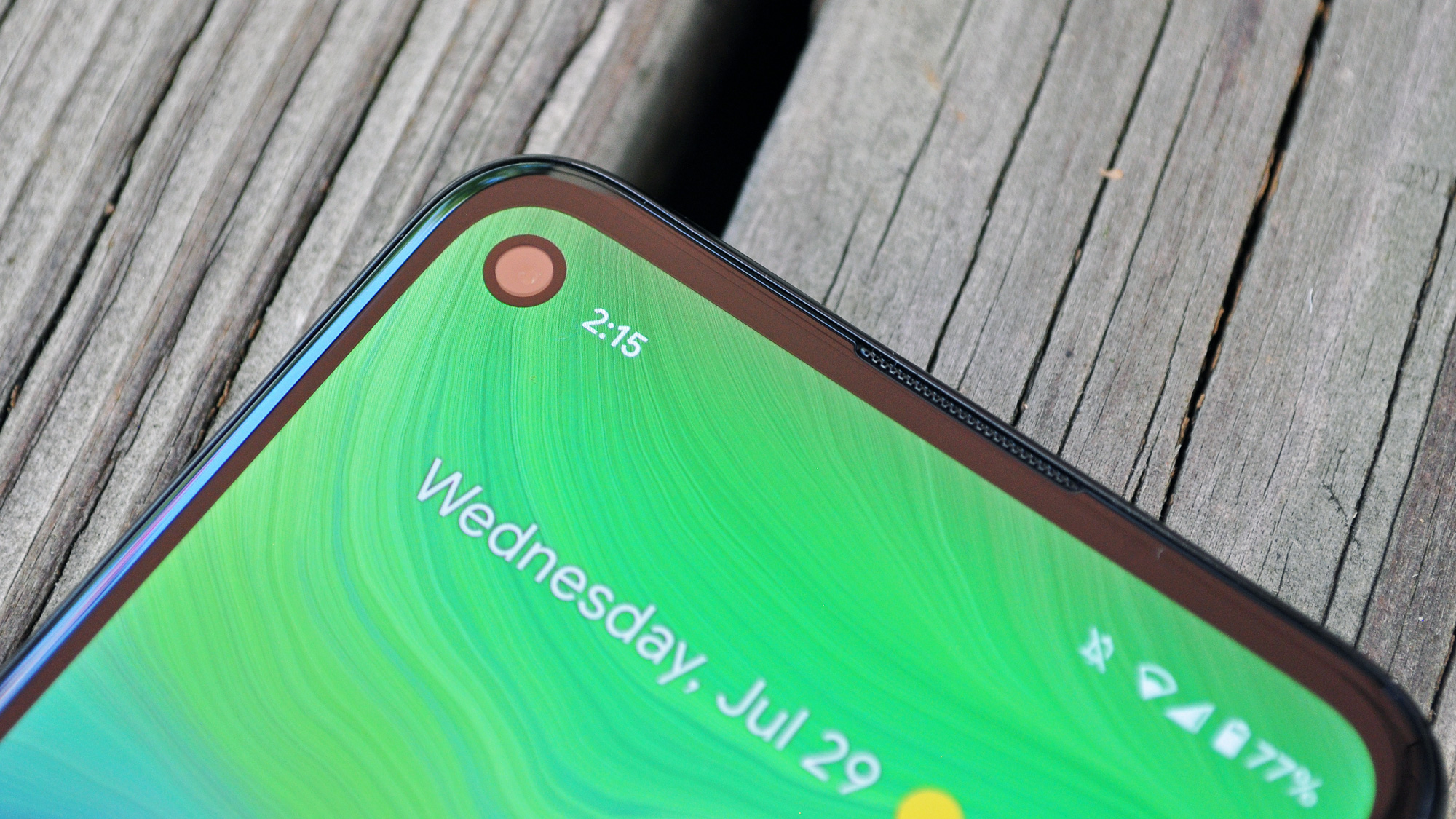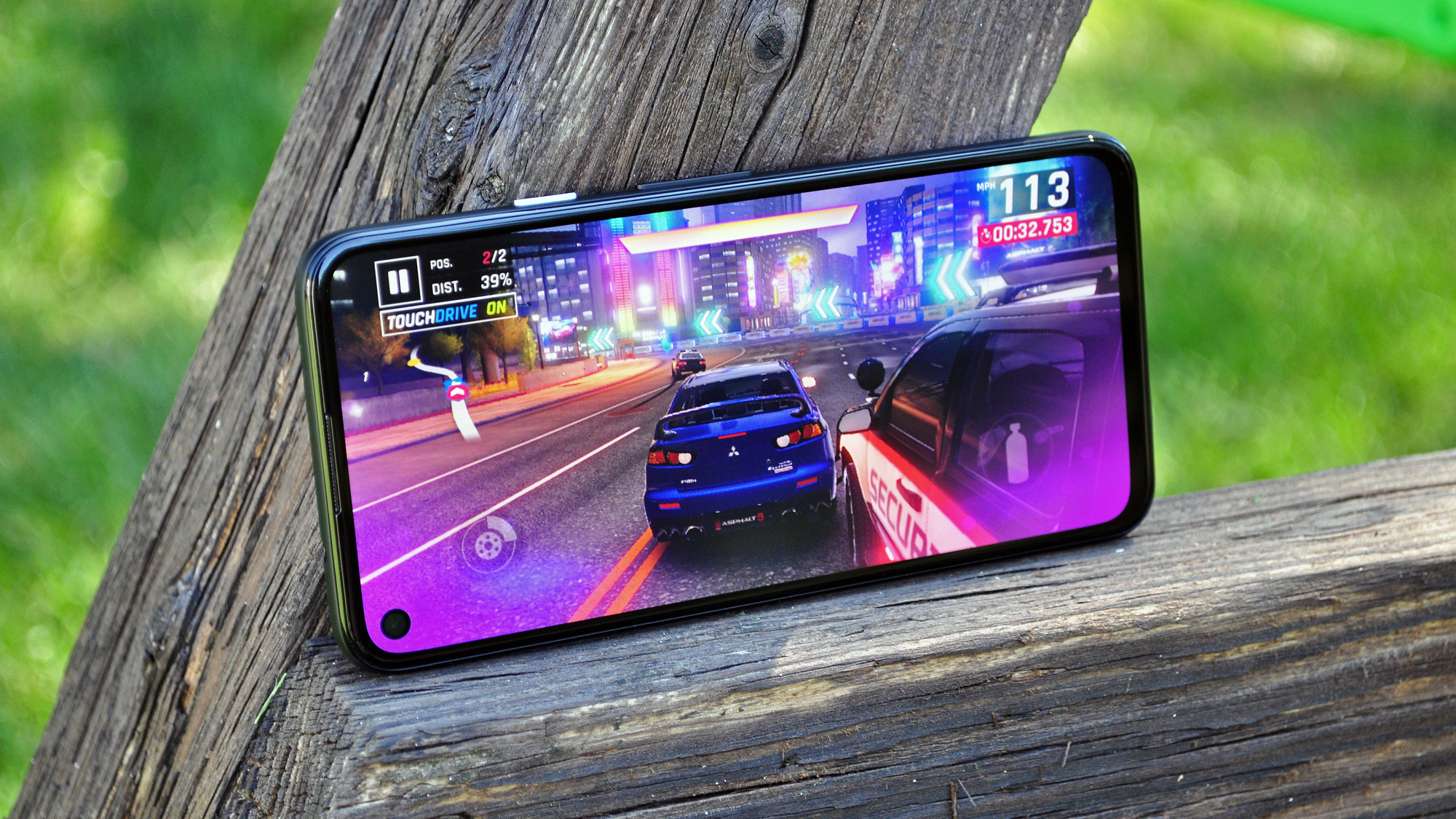Google Pixel 4a vs. Pixel 3a: The biggest upgrades you’ll get
The reviews for the Google Pixel 4a are in, and you’d have a hard time finding a discouraging word. Just as the Pixel 3a proved to be a breakout hit for Google in 2019, the 4a also proved to be popular by using the same formula — deliver one of the best camera phones while also costing less than $400.
In fact, the only reason you may want to hold on to your aging Pixel 3a at this point is because a new phone — the Pixel 5a — is just around the corner. We’ve already compared the Pixel 5a vs. the Pixel 4a, but if you’re wondering how the current phone differs from the 3a, we’ve got you covered there, too.
Here’s a closer look at the Google Pixel 4a vs. Pixel 3a and how Google’s budget phone improved from 2019 to the present.
Pixel 4a vs. Pixel 3a: Price and models
The Pixel 3a seemingly found the sweet spot for what people are willing to pay for a very capable midrange phone, debuting at $399. But for the Pixel 4a, Google went lower.
Google’s Pixel 4a debuted at $349, and you’ll still find it there today. That’s $50 less than its predecessor; more importantly, it’s also less than what Apple charges for the iPhone SE.
You had your choice of two Pixel 3a models. You could either get the standard 5.6-inch version or opt for a bigger screen with the 6-inch Pixel 3a XL. Google used to take the same approach with its pricier flagships, offering both a standard and XL size, but the Pixel 5 came out in just one model last year. That figures to change back with the Pixel 6, but we’re here to talk Pixel 4a vs. Pixel 3a differences, aren’t we?

The Pixel 4a came in just one size — sort of. There was a second model, the Pixel 4a 5G that came out a month or so after the 4a. It’s got a slightly bigger screen and 5G connectivity, as the name would imply. It’s also a bit more than Pixel 4a, at $499. The Pixel 4a 5G costs only $20 more than the 3a XL, and that latter phone didn’t have 5G.
Pixel 4a vs. Pixel 3a: Design and display
Some noticeable differences separate the Pixel 4a from its predecessor. For starters, it’s a little more compact — 5.7 x 2.7 x 0.32 inches compared to to 6 x 2.8 x 0.3 for the Pixel 3a.
Google included a larger 5.81-inch screen in a smaller phone by doing away with the bezels found on the top and bottom of the Pixel 3a. Instead, the Pixel 4a will reportedly use a punch-hole cutout for its front camera, freeing up more space for screen real estate.

Otherwise, the phones use the same materials. The Pixel 4a features a plastic case and an OLED screen, just like what you got with the Pixel 3a. The headphone jack stuck around, too.
Google also took a d different tack with colors on this year’s phone, after releasing the Pixel 3a in Just Black, Clearly White and Purple-ish. These days, the Pixel 4a is just available in black.
Pixel 4a vs. Pixel 3a: Cameras
Budget phones are adding camera lenses at a faster pace, but the Pixel 4a didn’t join the crowd. The newer phone features a single 12-megapixel rear lens, just like the one on the Pixel 3a. On the front of the phone, the camera housing may have changed, but the Pixel 4a retains the 8MP selfie cam found on last year’s model.
You want extra lenses, you go for the Pixel 4a 5G. Like the Pixel 5, the 6.2-inch budget phone from Google features a dual camera array, with a 16MP ultrawide angle lens joining the 12MP main shooter.

Keeping the same camera hardware in place between the Pixel 4a vs. Pixel 3a may sound like an odd decision for a product line that’s built its reputation as a camera phone. But the magic with Pixels and photos has always been about the software and Google’s computational photography smarts.
Indeed, the Pixel 4a adopted some of the Pixel 4’s camera improvements that didn’t make their way to the Pixel 3a via software update. Why we don’t have a camera face-off between the different Pixels, the 4a (and 4a 5G) rank among the best camera phones you can buy currently.
Pixel 4a vs. Pixel 3a: Performance and battery
Google saves money on its budget Pixel phones by opting for less powerful processors than what it uses with the flagship devices. In the case of the Pixel 3a, that translated to a Snapdragon 670 system-on-chip. That provides decent performance, though nothing like the pace-setting power that the A13 Bionic chip in the new iPhone SE.
That didn’t change with the 4a lineup, where the standard phone uses a Snapdragon 730G. The Pixel 4a 5G is a little more powerful with its Snapdragon 765G processor, but that’s there largely to enable 5G connectivity.
You can expect some performance gains when you jump from a Pixel 3a to Pixel 4a, though Apple’s iPhone SE and its A13 Bionic chip still dusts Google’s budget phones.

A more powerful processor and slightly bigger screen compelled Google to increase the battery size on the Pixel 4a, though battery life certainly wasn’t a problem for the Pixel 3a’s 3,000 mAh battery. It lasted just a tick under 12 hours in our battery test, which landed it on our list for the best phone battery life. (We cycle phones off of that list after 18 months.)
The battery is only slightly bigger on the Pixel 4a, which uses a 3,140 mAh power pack. The demands of 5G required the Pixel 4a 5G to go with a 3,885 mAh battery. The changes didn’t have an impact in either case. Neither the 4a or 4a 5G lasted more than 9 hours on our battery test.
The Pixel 3a didn’t feature wireless charging, and it’s hasn’t arrived on the Pixel 4a either. This seems to be one of the features Google is willing to satisfy for a cheaper phone.
Pixel 4a vs. Pixel 3a: Outlook
While most of the hardware upgrades in the Google Pixel 4a vs. Pixel 3a are slight, the new phone improves in the area that matters for a budget phone. It costs less. And it delivers this lower price without compromising on the photo quality that made Google’s budget lineup so appealing in the first place.
For all the latest Technology News Click Here
For the latest news and updates, follow us on Google News.
